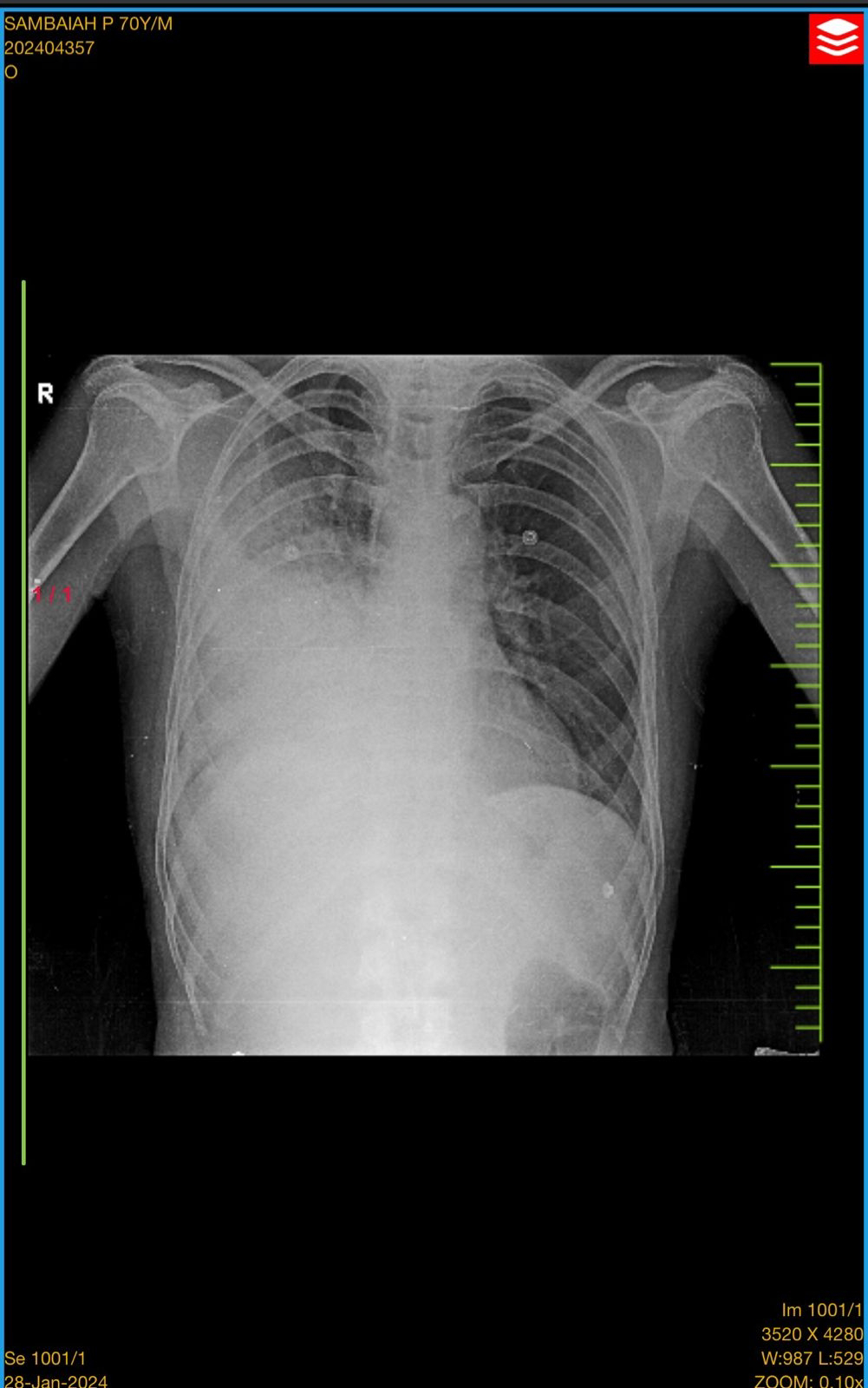Acid base disorders in intensive care unit patients , their comorbidities and outcomes
TITLE: ACID BASE DISORDERS IN INTENSIVE CARE UNIT PATIENTS, THEIR CO-MORBIDITIES AND OUTCOMES
INTRODUCTION:
The hydrogen-ion concentration is tightly regulated because changes in hydrogen ions alter virtually all protein and membrane functions.(6)
The first step in assessment of an acid–base disorder is a careful clinical evaluation. Various signs and symptoms often provide clues regarding the underlying acid–base disorder;
these include the patient's vital signs (which may indicate shock or sepsis), neurologic state (consciousness vs. unconsciousness), signs of infection (e.g., fever), pulmonary status (respiratory rate and presence or absence of Kussmaul respiration, cyanosis, and clubbing of the fingers), and gastrointestinal symptoms (vomiting and diarrhea).
Certain underlying medical conditions such as pregnancy, diabetes, and heart, lung, liver, and kidney disease may also hint at the cause.
The clinician should determine whether the patient has taken any medications that affect acid–base balance (e.g., laxatives, diuretics, topiramate, or metformin) and should consider signs of intoxication that may be associated with acid–base disturbances (e.g., acetone fetor as a sign of diabetic ketoacidosis or isopropyl alcohol intoxication, and visual disturbance as a symptom of methanol intoxication). (4)
The three major methods of quantifying acid–base disorders are the physiological approach, the base-excess approach, and the physicochemical approach (also called the Stewart method). (5)
Acid–base homeostasis exerts a major influence on protein function, thereby critically affecting tissue and organ performance. (1)
Changes in blood pH in either direction are associated with higher mortality. (2)
when severe, can be life-threatening. Yet it is the nature of the condition responsible for severe acidemia or alkalemia that largely determines the patient's status and prognosis. (1)
Whereas a blood pH of 7.10 can be of little consequence when caused by a transient or easily reversible condition, such as an isolated seizure, it forecasts an ominous outcome if it is the result of methanol intoxication.(1)
Normal blood pH is between 7.36 and 7.44, which corresponds to a hydrogen ion concentration of 44–36 nmol/L. When pH is <7.36, an acidemia is present, whereas when it is >7.44 an alkalemia exists. It needs to be stressed, however, that because multiple acid-base disorders can exist simultaneously, the pH may be in the normal range. Hence, the clinician needs to follow a systematic approach to identify the underlying disorders.
Therefore, the ability to identify these acid-base disorders, understand the underlying pathophysiology, and provide appropriate therapy is paramount to the care of patients who are critically ill. (3)
AIM
To evaluate various acid base disturbances in intensive care unit patients, their co-morbidities and outcomes
Objectives:
1. To study clinical profile in patients with acid base disturbances.
2.To elicit various acid base disturbance in medical intensive care unit.
3.To elicit the causes for acid base disturbances.
4.To study the effect of pH on the prognosis of the diseases.
MATERIALS AND METHODS:
Place of study: Department of general medicine, Kamineni institute of medical sciences, narketpally
Study period: January 2024 to December 2025.
Study design: Qualitative, Prospective and Observational study that evaluates each thematic category of patient illness event data into diagnostically labeled morbidities as well as comorbidities and establishes a relation between their intervention outcomes over time
sample size: 50
INCLUSION CRITERIA:
1) Patients of any gender above or equal to 18yrs of age at the time of presentation.
2) Patients having abnormal ABG analysis due to any eitiology are selected by simple random sampling from Intensive care unit.
3) Patients who give consent for the study.
EXCLUSION CRITERIA:
1) patients who are n willing to participate in the study. ( Non consenting patients)
Outcomes:
1. Improvement ( symptomatic/laboratorial)
2. Morbidity.
3. Duration of hospital stay.
4. Mortality.
Methodology:
Patients having acid base disturbances will be selected by SIMPLE RANDOM SAMPLING method from medical Intensive Care Unit.
Consent is taken for study participation.
After taking informed consent, a thorough evaluation will be done by a detailed history, physical examination, ABG, serum electrolytes, serum urea , serum creatinine, serum lactate, liver function test.
Few other investigations like blood and urine cultures whenever required
After admission patient will be evaluated for the etiology of acid base disorder, data will be collected on patient treatment ,outcome during the hospital stay.
PROFORMA:
Serial No.
Name:
Age:
Sex:
IP no:
Clinical features:
Past history:
Addictions:
Drug history:
INVESTIGATIONS REQUIRED
ABG
Blood sugars
Serum electrolytes
Serum urea
Serum creatinine
LFT
ECG
CXR
Serum lactate
Urine for ketone bodies
Tables comparing different acid base disturbances including simple, compensatory and mixed .
Tables comparing magnitude of pH alteration and final out comes with different causes.
References
1) Adrogué HJ, Madias NE. Management of life-threatening acid–base disorders. New England Journal of Medicine. 1998 Jan 1;338(1):26-34.
2) Al-Jaghbeer M, Kellum JA: Acid-base disturbances in intensive care patients: Etiology, pathophysiology and treatment. Nephrol Dial Transplant 30: 1104–1111, 2015
3) Achanti, Anand; Szerlip, Harold M.. Acid-Base Disorders in the Critically Ill Patient. Clinical Journal of the American Society of Nephrology 18(1):p 102-112, January 2023
